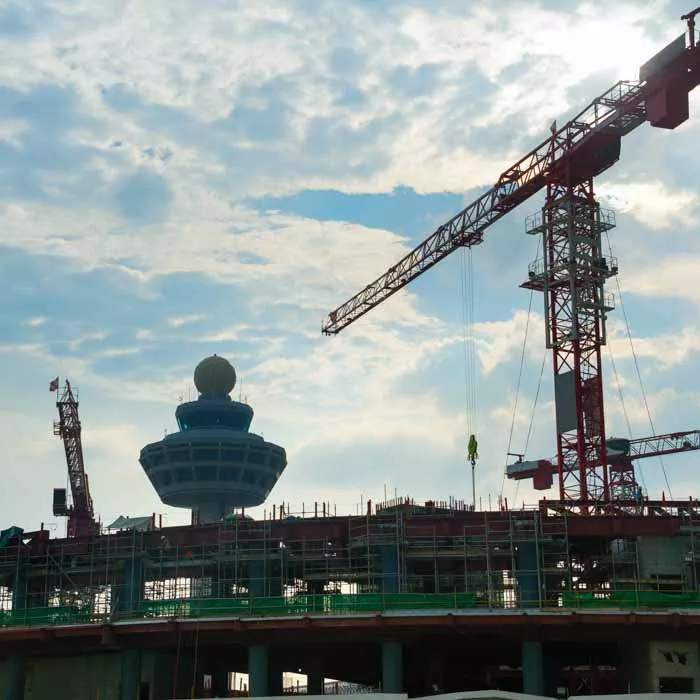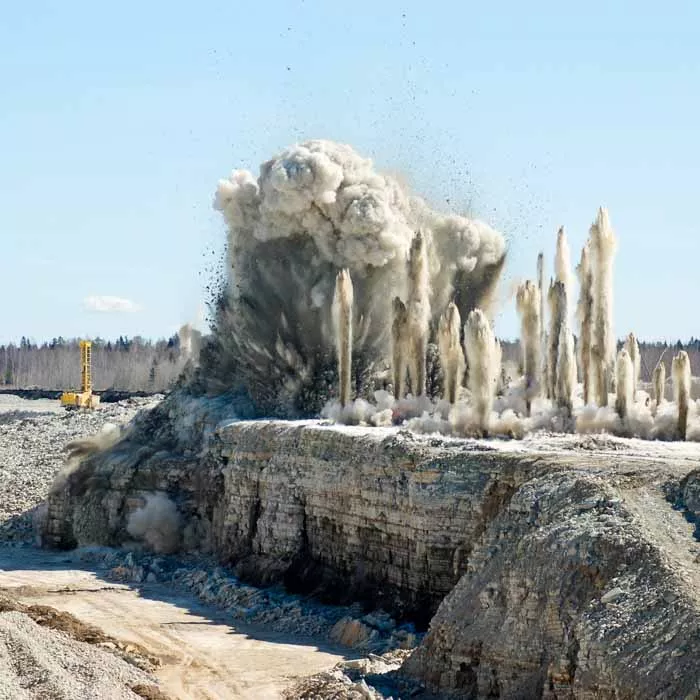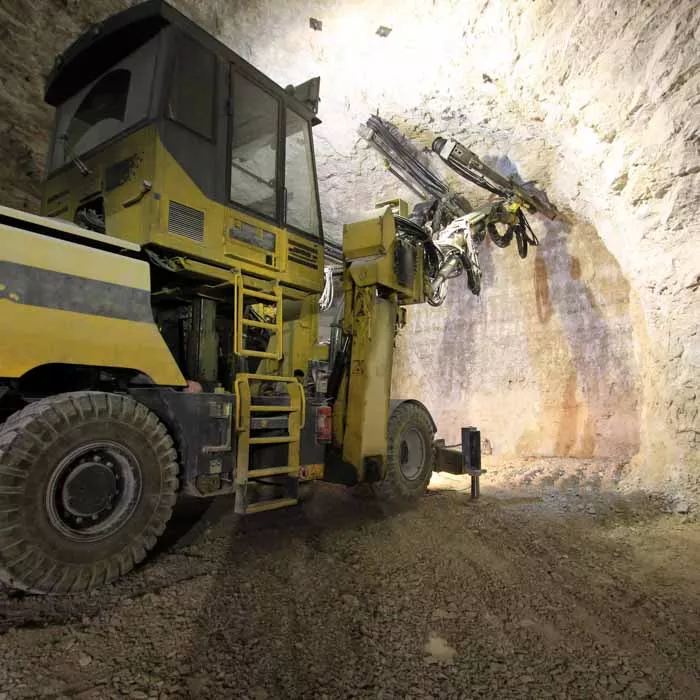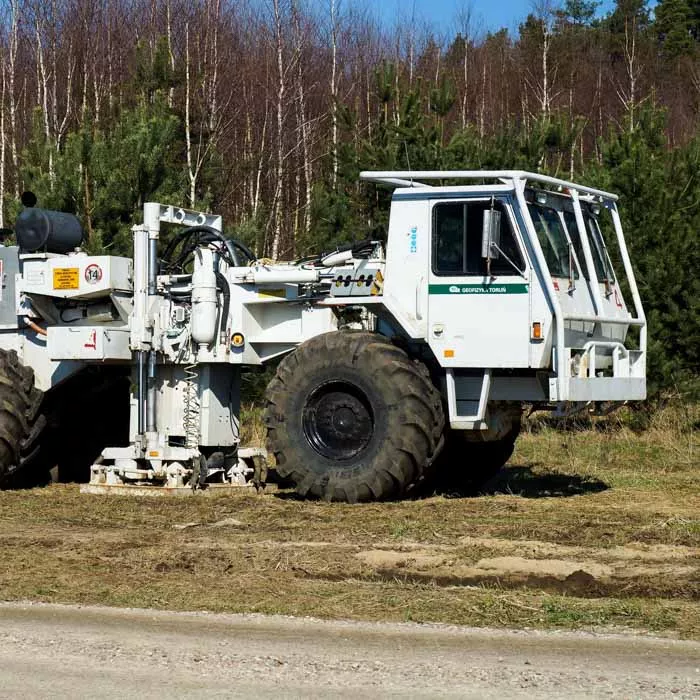Civil Projects
Blasting, pile driving, dynamic compaction, and other activities on a civil engineering project can create ground vibration, air overpressure and/or noise.
Why Monitor Your Civil Engineering Project?
Civil engineering projects include the construction of roads, bridges, airports, schools, hospitals, dams and other municipal buildings. The activities used throughout these projects, such as excavation or pile driving, are known to create vibrations that could potentially damage surrounding structures. Other activities such as blasting or demolition, can also generate a force of air, known as air overpressure, which can set off car alarms or even break windows. While there are many municipal, state and federal regulations that govern the vibration, air overpressure or even noise levels, it can also be a best case practice for the engineering firm or project owner to keep a monitoring record.
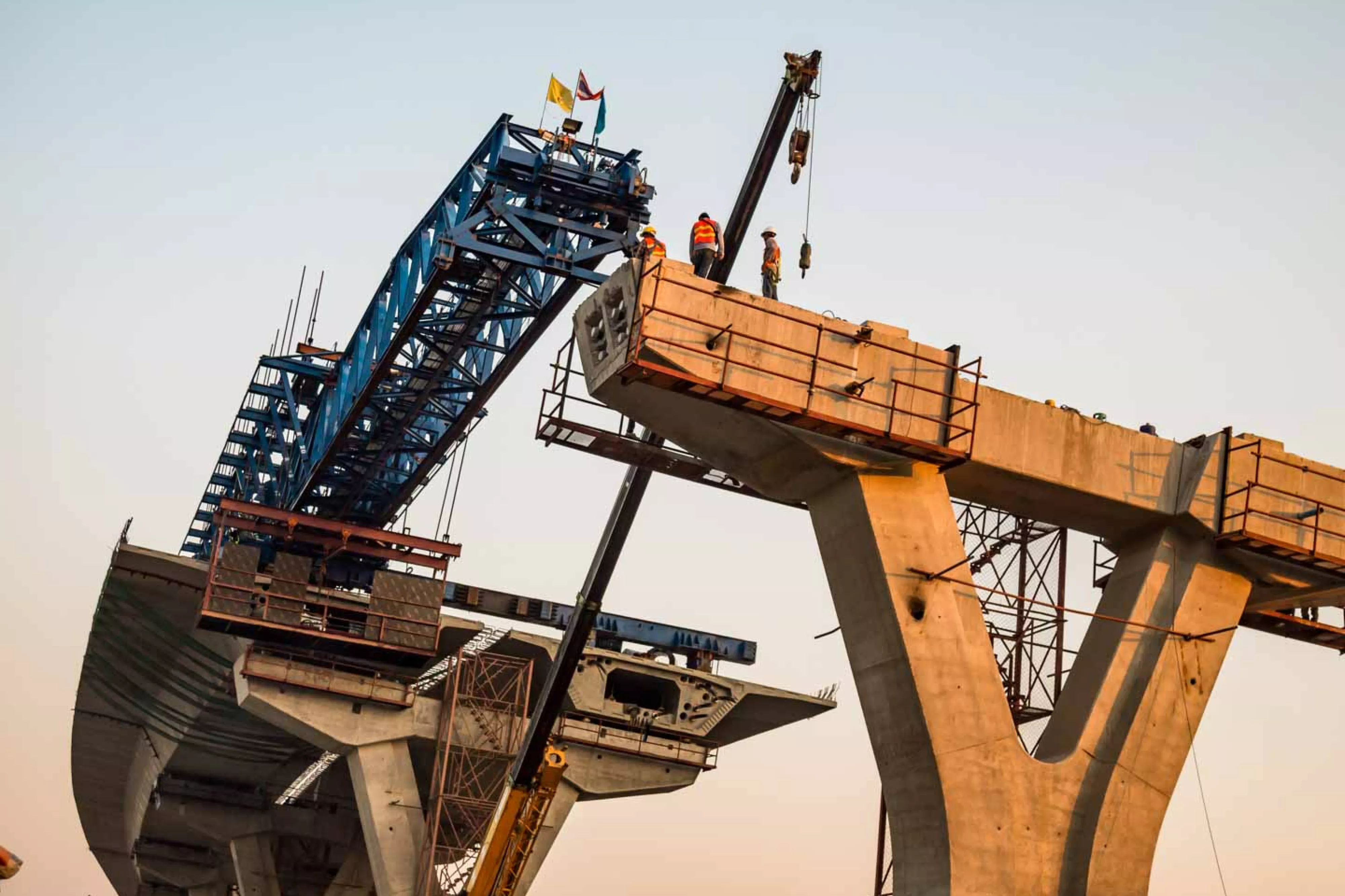
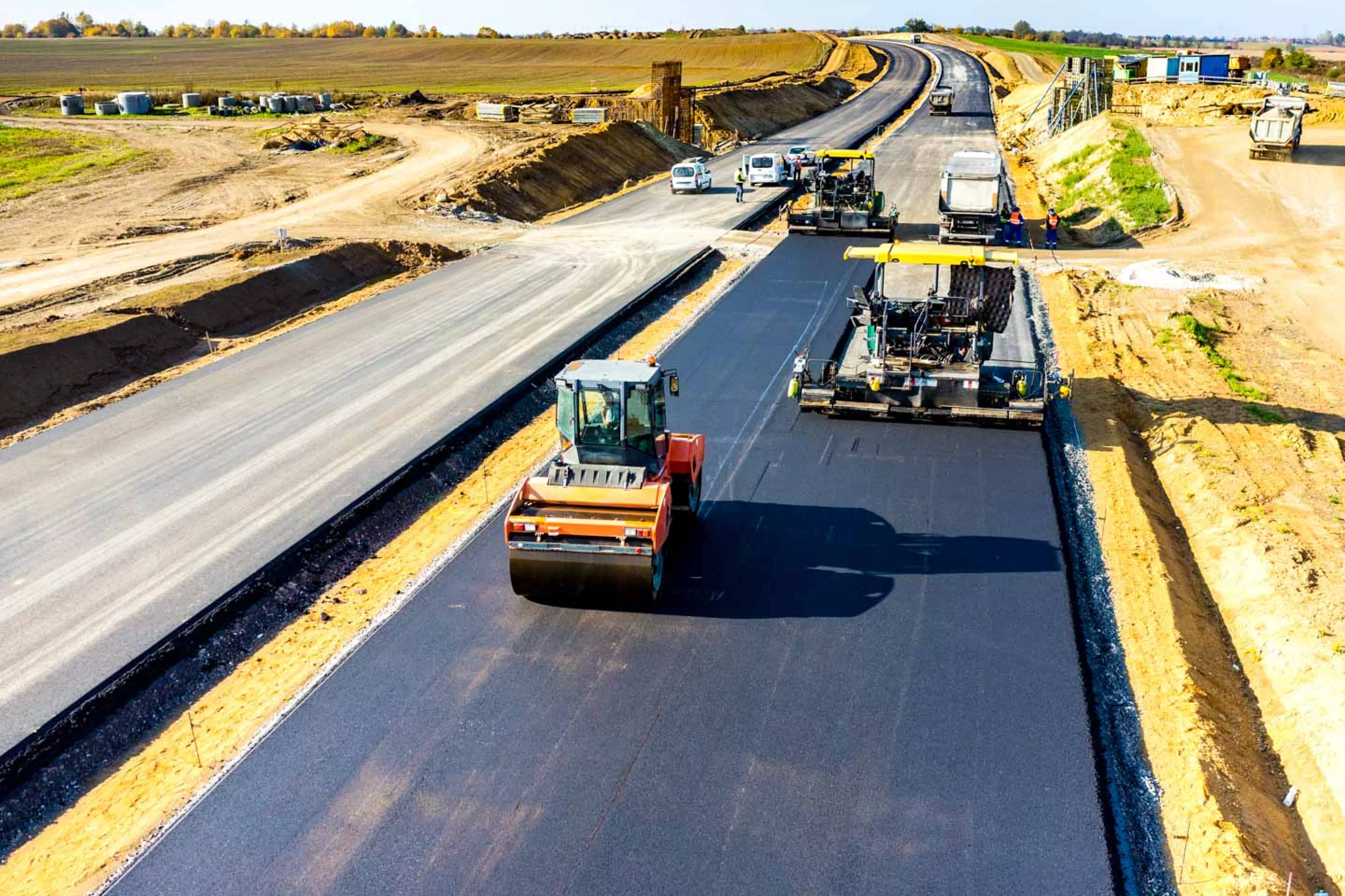
How Instantel Can Help
Monitoring equipment from Instantel lets you record vibration, air overpressure and/or noise. Using the recorded data, you can compare transient levels to real-time levels throughout the duration of the project. Recorded data can be viewed almost immediately. Warnings and alarms can be triggered based on pre-configured trigger levels that you set, and these can different for each job. If for example, you are pile driving in close proximity to a subway tunnel, bridge or other structure, real-time data allows you to adjust those activities before you exceed regulatory limits or concerns develop. When you connect a siren or lights to the Instantel monitoring equipment using a remote alarm controller, you can receive on-site visual or audible notification of the warning or alarm. Notifications can also be sent to you, or any party you choose. These notifications can be viewed on computers, laptops, tablets or smartphones and an historical record of data can be maintained to protect you from claims and liability.
Micromate Monitoring System
The Micromate monitoring system combines a monitoring unit with a variety of sensors. Our system is scalable, as your monitoring needs change, sensors can be added or removed. If today’s job requires vibration monitoring but tomorrow’s job requires vibration and noise, simply add a noise microphone.
 |
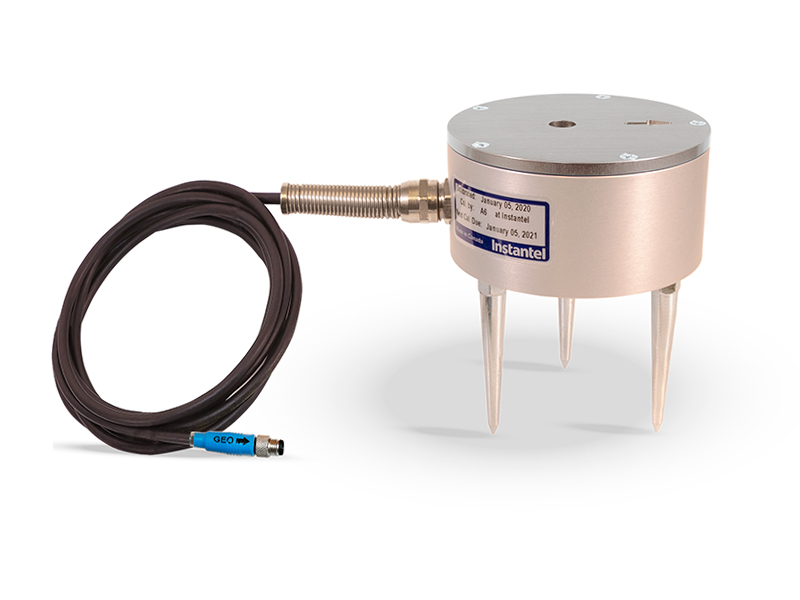 |
 |
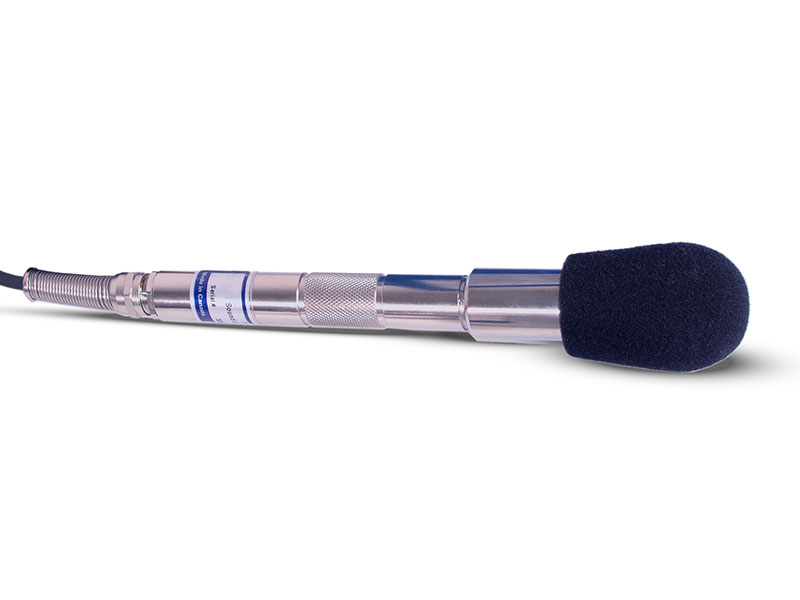 |
Micromate |
Triaxial Geophone |
Linear Microphone |
Sound Level Microphone |
| Monitoring unit with four available channels: three channels for recording vibration on three planes and one channel for air overpressure or noise data. | Records ground vibration in three planes: transverse, vertical and longitudinal. Available to meet ISEE, DIN and Swedish blasting standards. | Records air overpressure data on a linear scale from 2 to 250 Hz with a range of 100 to 148 dB(L) (2 to 500 Pa). | Class 1 Sound Level Microphone records noise (or sound) levels. The Sound Microphones meets the IEC 61672-1 standards. |
Instantel also offers the Minimate Pro6. It has six available channels and a wide array of sensors. With the Minimate Pro6 you can record vibration data from two geophones on one monitoring unit. The Minimate Pro can record at up to 65,536 samples per second. When monitoring at this sample rate, the Minimate Pro6 can record and even play back sound clips.
Whether you are using the Micromate or the Minimate Pro monitoring unit, if you need to monitor a nearby sewer line or tunnel you can record with a borehole geophone. Resistant to the natural elements found in a borehole, such as water, the triaxial borehole geophone measures vibration on three planes: transverse vertical and longitudinal. It is designed to be lowered into a borehole to the depth of a nearby sewer or tunnel so that you can monitor the effects of vibration at the source.
 |
 |
 |
 |
Minimate Pro4 |
Triaxial Geophone |
Linear Microphone |
Sound Level Microphone |
| Monitoring unit with four available channels: three channels for recording vibration on three planes and one channel for air overpressure or noise data. | Records ground vibration in three planes: transverse, vertical, and longitudinal. Available to meet ISEE, DIN, and Swedish blasting standards. | Records air overpressure data on a linear scale from 2 to 250 Hz with a range of 100 to 148 dB(L) (2 to 500 Pa). | Class 1 Sound Level Microphone records noise (or sound) levels. The Sound Microphones meet the IEC 61672-1 standards. |
How A Micromate and Minimate Pro Series Monitoring System Connects Using THOR and Vision Software Systems
THOR

Our proprietary Histogram Combo mode ensures that you never miss an event. With Histogram Combo mode you can monitor a house beside the quarry 24 hours a day and still get reports when vibration or air overpressure levels are exceeded. Your report will show you the peak vibration levels at set intervals throughout the day, but it will also give you a waveform report if there are any exceedances. Using Instantel’s Auto Call Home technology and a modem connected to the monitoring unit, event reports can automatically be sent to your computer so you can analyze the data using THOR. That way any exceedances will be sent as a waveform event after they are recorded and at the end of each day a histogram report will be sent. If a blast has occurred, but there were no exceedances, the monitoring unit may not trigger a waveform event. When you are in Histogram Combo mode, you can use the histogram report to show that even though you were blasting, the vibration and air overpressure levels were not significant enough to trigger the unit.
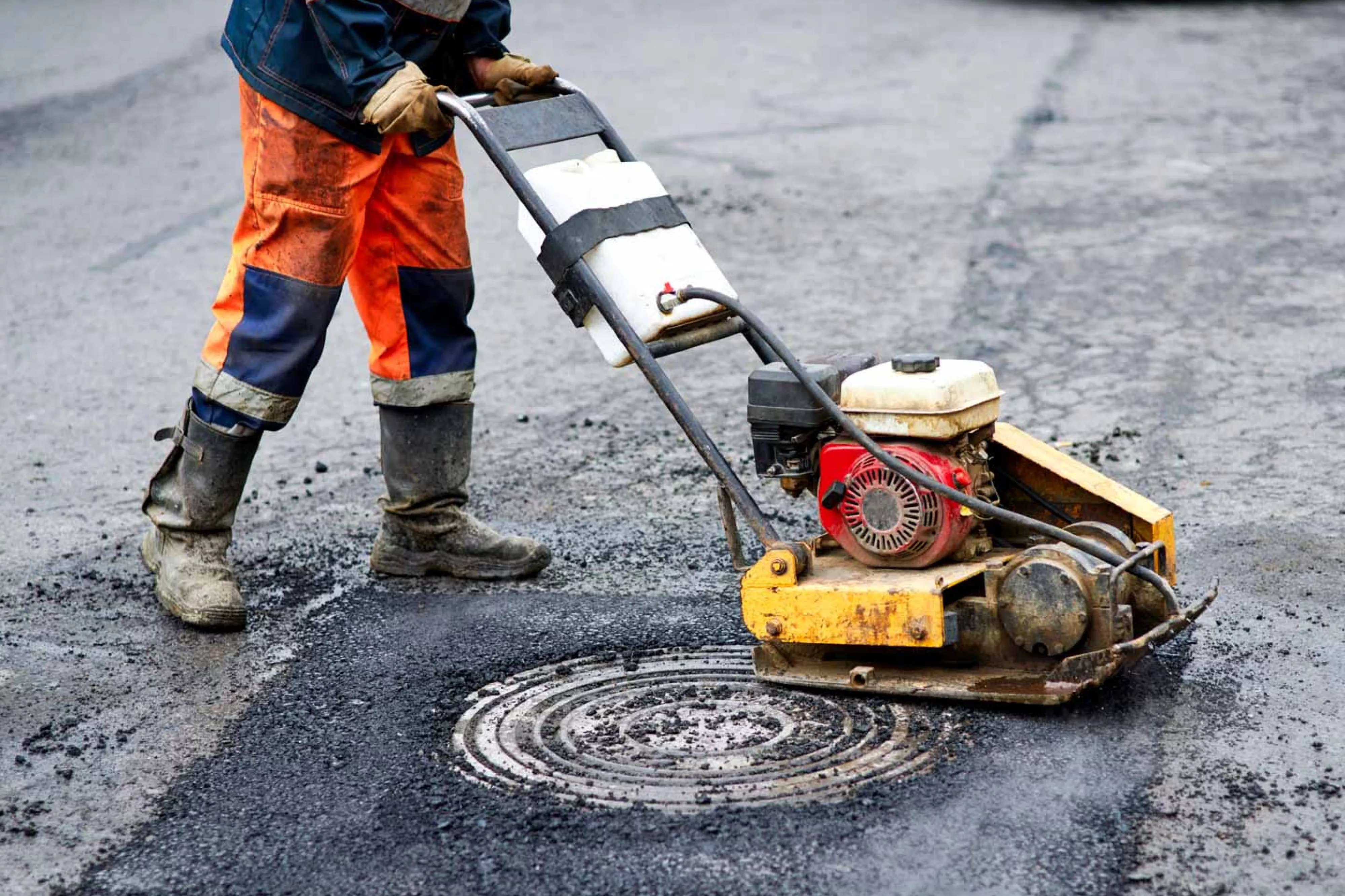
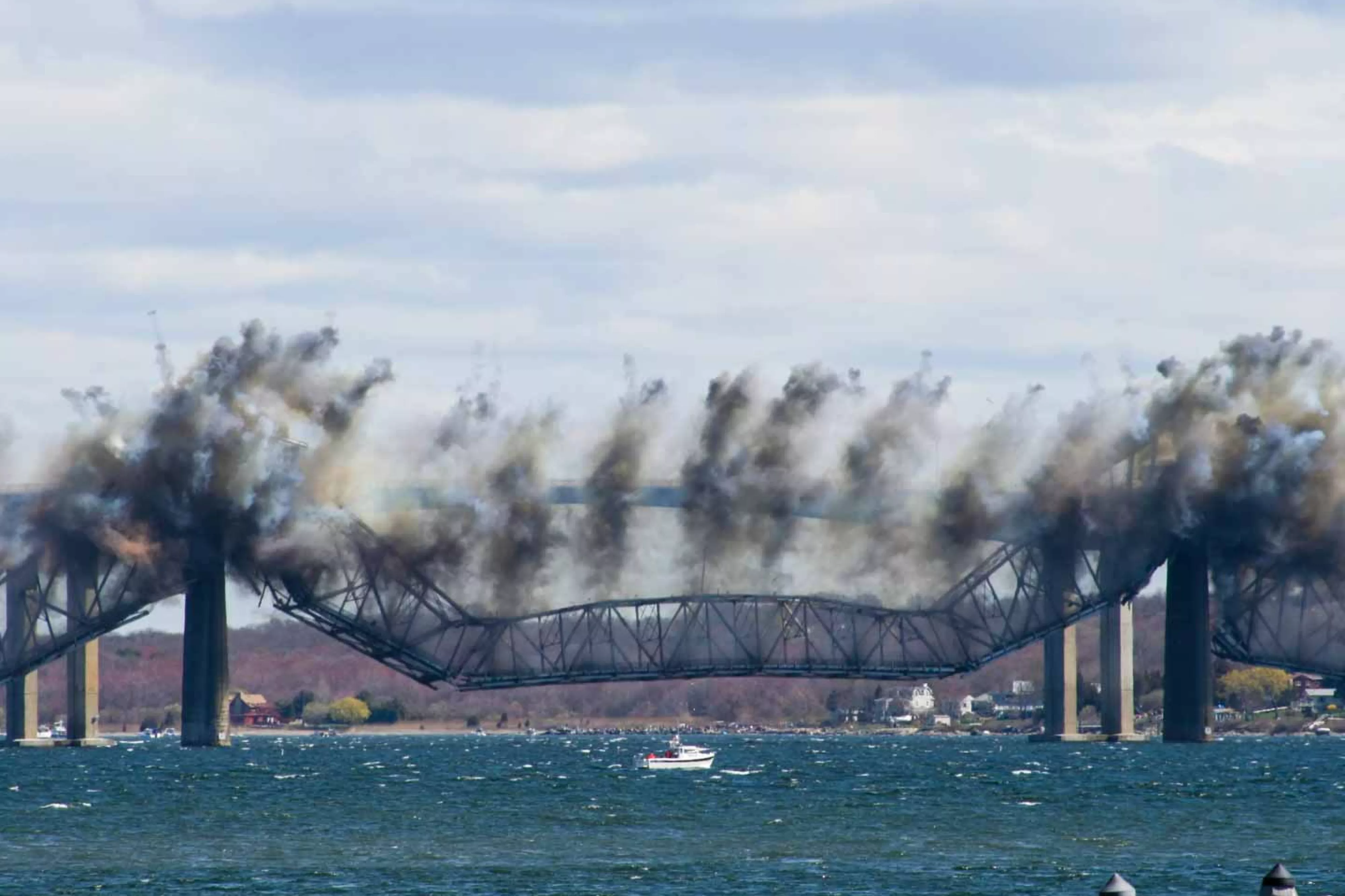
Vision
Some industry guidelines stipulate that a blast log needs to be maintained. This could include details of the blast, information on the blaster or documentation on where your monitoring equipment is located relative to surrounding structures. Instantel’s cloud-based data hosting solution Vision lets you maintain a record of your blasts on a secure server. Vision can be accessed from phones, tablets, laptops or any internet connected device. Your event data can automatically be sent to Vision and sorted into projects. You can then add project documentation like the blast log to each project. With Vision, you can control how much or how little each person sees. If, for example, you want the regulatory body or quarry administrators to be able to read and download event reports and you want the public to be able to view event reports, you can set those preferences in Vision. Vision is a powerful tool that helps you automatically keep stakeholders informed.
Each piece of the Instantel system is designed, manufactured and calibrated by Instantel. Every part of the system is easy to use and can be quickly configured. With Instantel you can guarantee that you’ll never miss an event.
